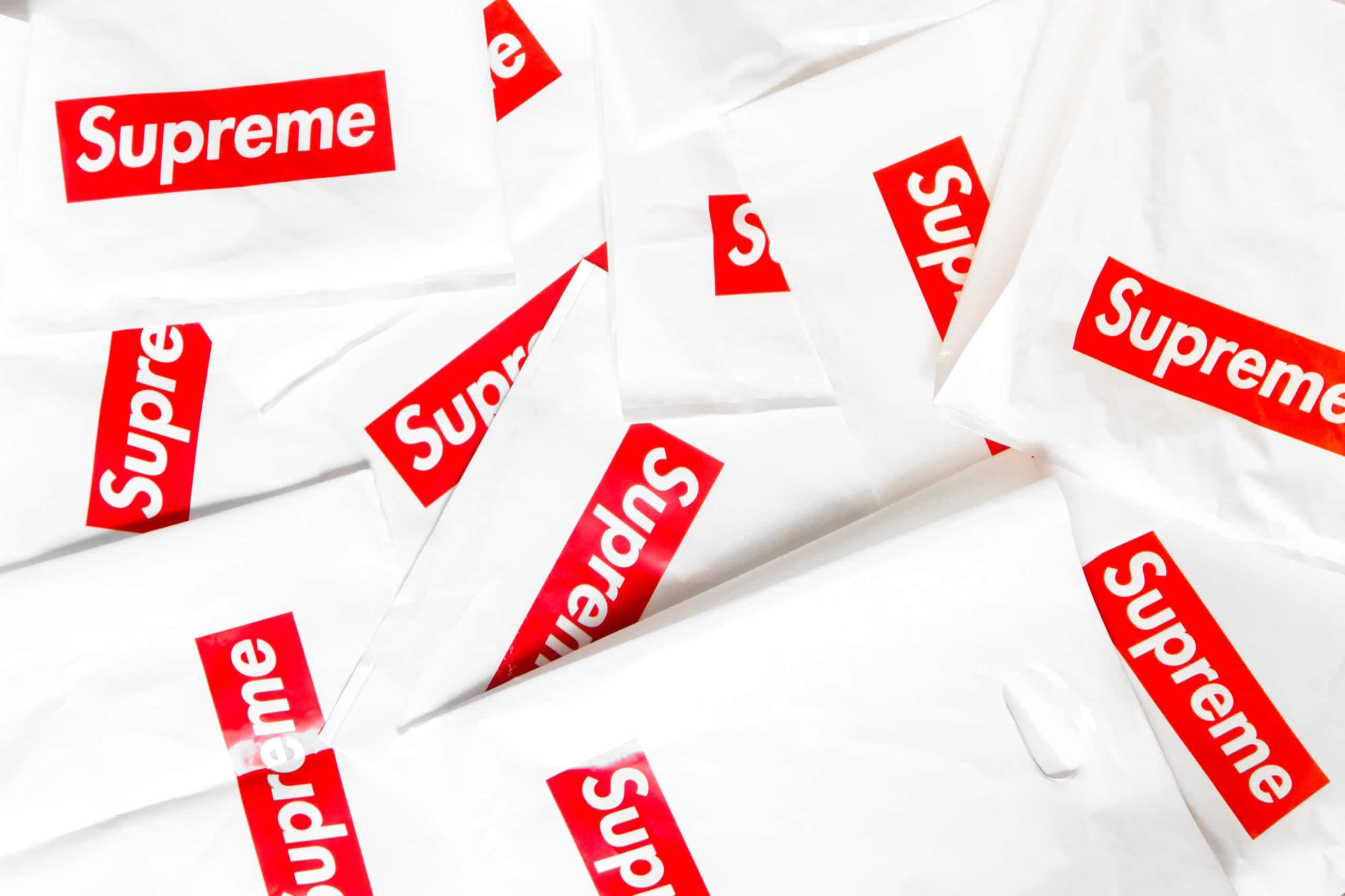Choosing a brand name is important for the successful launch of a new business or product. But, finding the “right” brand name can be difficult. Here are four things to consider when choosing a good brand name.
Make it unique
The first rule of coming up with a good brand name is to make it unique. This is obvious, but not as easy as it sounds. There are a lot of brands and trademarked phrases and words out there in the marketplace.
Once you have an idea for a brand name, some market research is needed to ensure uniqueness. General internet searches can be done as a first step. If you find your proposed brand name online, then, very likely, you need to try again. Another more specific research tool is the database maintained by the US Patent & Trademark Office (“USPTO”). This database contains all of the trademarks registered in the US. It is online and searchable. If you find your proposed brand name in the USPTO database, then you MAY need to try again. But, not always. Similar brand names and trademarks can coexist in the market as long as they are used in very different parts of the market. For example, Delta Faucets coexists with Delta Airlines because consumers will not confuse the two brands/trademarks when shopping. Another search method is to type in your brand name as an URL/domain name with various extensions. You want to be able to use your brand name as an internet domain name. If you find your proposed brand name already being used as a domain name, then you need to try again.
Keep it simple
The second rule of coming up with a good brand name is to keep it simple. Looking around the marketplace, most successful brands are, at most, one-to-three words. The best brands — like Google or Apple — are just one word. Simplicity helps consumers remember your brand and makes it easier to find your brand via phone apps and searching the internet.
Make your brand name easy to spell
The third rule is to make sure that your brand is easy to spell. Brand names that are difficult to spell impede consumers’ efforts to remember your brand and to find it online. For example, “Blue Farmer” is easy to remember and spell, but “Blu Farrrmerr” is not. Consumers will forget to omit the E and have difficulty remembering how many Rs. That being said, uncommon spellings are not always bad. Unique and simple brand names can often be created with easy-to-remember letter substitutions. For example, in English, “F” and “Ph” can be switched — like in “Phish” and “Foto.” A popular example is the brand name Lyft. There is a certain “art” to letter substitution. So, “Blue Pharmer” might be a good brand name — or maybe not — depending on the business.
Use a suggestive brand name
Another rule for coming up with a good brand name is to make it suggestive of what products or services you are offering for sale. To do this, avoid being too literal and descriptive. Descriptive brand names do not resonate strongly with customers, are difficult to register as trademarks, and are limiting in terms of potential business growth. For example, “Phoenix Televisions” is descriptive, but probably a bad brand name. It is not too memorable, will be difficult to register and is limiting. What happens if your business wants to expand into other types of electronics and media? A suggestive brand name gives consumers an idea — a suggestion — of what the service or product is. Again, the brand Lyft is a good example.
For more information or if you have other legal issues related to business or internet law, contact the trusted internet and e-commerce lawyers at Revision Legal at 231-714-0100.




